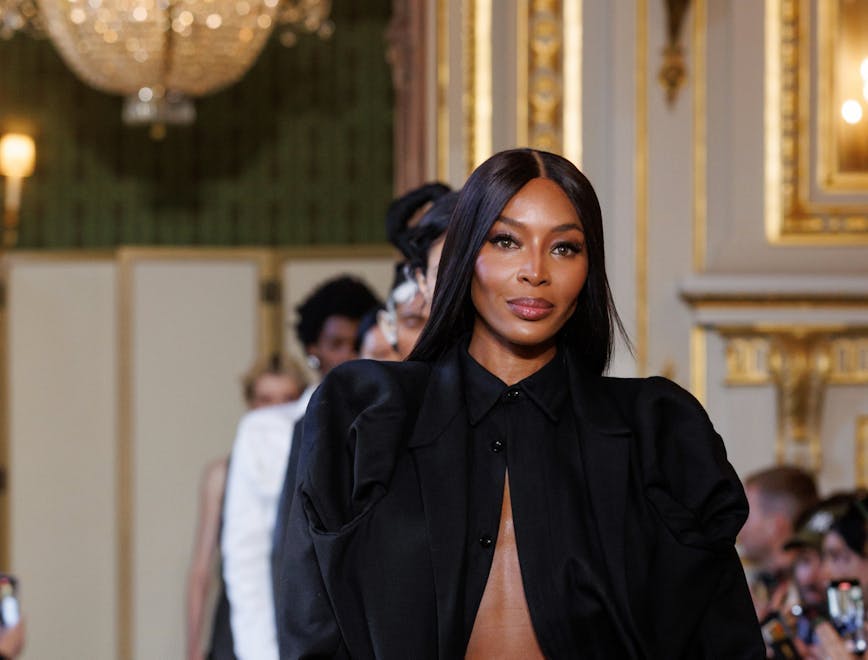Delving into the Discourse that Surrounds Traditional Dressing
Our clothing choices are often seen as a reflection of who we are. For many Indian women, however, the use of traditional attire has led to the stereotype of someone who is “less progressive”. But why?
In late March, Priscilla Ong, the founder of womenswear brand Ong Shunmugam, went viral for her comments on how minority race women were less “progressive” compared to their Chinese counterparts – ostensibly because they were “the first Asian women to adopt Western dressing”. Ong’s implication that Chinese women who wore clothes like “mini skirts” were more progressive was met with no pushback from the rest of the discussion panel, which was organised by the Asian Civilisations Museum; the panel featured no minority race women.
Adding insult to injury, Ong went on to insinuate that an Indian woman’s fashion choices and ability to go to work were dictated by the men in their lives. “How soon were they released from social shackles?” she asked.
In popular culture, there is a sort of belief that South Asian women are somehow “tied down” by culture and tradition – something that prevents them, particularly those who choose to embrace their culture, from “progressing”: As a young South Asian woman, I’ve received a fair share of looks when I choose to wear traditional Indian attire in public.
When we think of progressive female figures, few Indian names come to mind: This, even when there are a significant number of history-making South Indian women. In 1947, Prem Mathur gained her commercial flying license, breaking into India’s male-dominated aviation industry to become the country’s first female pilot. In 1944, Asima Chatterjee became the first woman to be awarded a Doctor of Science by an Indian university, and in 1889, Cornelia Sorabji became the first woman to study law at Oxford University. How soon were Indian women released from their “social shackles”, Ong asks? It has already happened, and they were the ones who released themselves.
And this continues in modern times as well. Kamala Harris made history in 2020 by being elected as the first Black and South Asian female vice president of the United States. During a speech at Spellman College in 2018, Harris revealed a quote her mother used to tell her: “Kamala, you may be the first to do many things, but make sure you are not the last."
More recently, in March of this year, Deepti Vempati broke boundaries in the second season of 'Love is Blind' by crushing the stereotype of South Indian women having to live within the constraints of rules set by male members of their family, or culture that pressures them to get married by a certain age by saying no to a man who clearly had his doubts about her.
In the course of the series, her beau, Abhishek Chatterjee, had proclaimed in front of the other contestants that he was not the least bit attracted to her: He said that being with her felt like hooking up with his aunt. Refusing to put up with that sort of disrespect, the 31-year-old took a stand at her wedding ceremony and rejected him at the altar, saying that she had decided to choose herself, because she deserved someone who was sure about her.
Here’s the kicker: It’s not just Indian women who don traditional attire. Women in the West wear traditional attire as well, but they do not seem to get put down for it. Take Oktoberfest for example, where many women don the German dirndl. German fashion influencers and icons like Leonie Hanne, Pamela Reif and Betty Taube-Günter have posed in the dirndl on Instagram – but few, if any, ever receive comments about being “less progressive” for doing so. It leads one to wonder: What sort of standards do we hold South Asia women to when it comes to the way they dress?
Ironically, this double standard also applies to Indian ethnic wear. In 2019, Leonie Hanne posted an image of her Coachella outfit, where she wore forehead art that resembled the Indian bridal Bindi. Luxury fashion brands have also taken inspiration from Indian traditional clothing for their runway shows. Tellingly, what it implies is that when a white person dons ethnic fashion, it becomes something “westernised”, something worth appropriating, but when an Indian woman does the same, she is castigated for not being “progressive”.
Milestones like these clearly show that being part of South Indian culture, or being raised in it, does not necessarily make a woman less progressive. There could be a reason why this view is so popular: The fact that South Indian women are just so rarely heard and seen in public spaces and forums. But as the furore surrounding the Ong Shunmugam incident shows, minority race women remain unafraid to speak up, to take space, and to make their voices heard.







